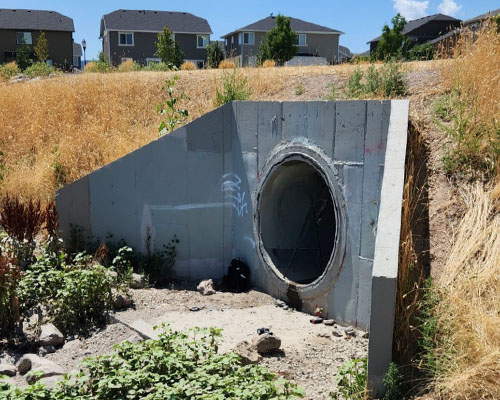Project
Subsurface Seismic Imaging Using Full-Waveform Inversion and... (2024)


Winter Safety Improvement with Computer Vision and Transfer Learning (Oct 2024)

Data-Driven Inspection Planning for Utah Culverts Using Federated... (Aug 2025)


The University of Utah CTIPS participants focus on research in the areas of construction, geotechnical, materials, structural and transportation engineering. Research in construction engineering aims to significantly advance the field by developing innovative techniques, materials, and technologies that improve efficiency and safety. Geotechnical engineering researchers apply civil engineering technology to earth materials, such as soil and rock, typically found on or near the surface to design and analyze a wide range of infrastructure and natural geologic formations, addressing challenges related to foundations, slopes, retaining walls, tunnels, embankments and earthquakes. Materials engineering research focuses on the durability and performance of construction materials; this area seeks to develop advanced materials and pavement systems that are resilient and reduce maintenance costs. Research in structural engineering emphasizes earthquake and wind engineering analysis and design; structural engineering researchers focus on performance-based design and investigate the behavior of bridge structures made from reinforced and prestressed concrete, structural steel, and composites to create resilient bridges; in addition, they investigate rail safety and rail thermal buckling prevention. Researchers in transportation engineering use state-of-the-art technology such as Artificial Intelligence and machine-learning to make innovative advancements in the planning, design, operations, maintenance, safety and assessment of transportation systems, with a main research focus on transportation system design and modeling.

Chris Pantelides, Ph.D., P.E.
University Director
View Bio

Pedro Romero-Zambrana, Ph.D., P.E.
View Bio

Xiaoyue "Cathy" Liu, Ph.D., P.E.
View Bio
Dept. of Civil and Environmental Engineering
University of Utah
110 Central Campus Drive, Suite 2000
Salt Lake City, UT 84112
Phone: (801)581-6931
Email: cveensupport@utah.edu